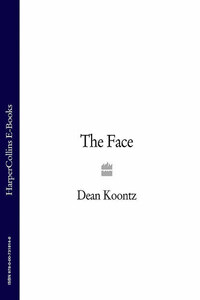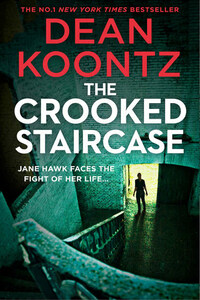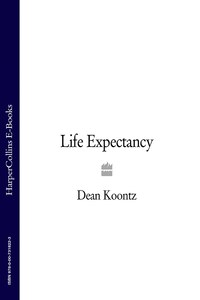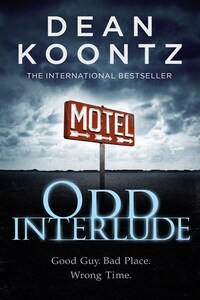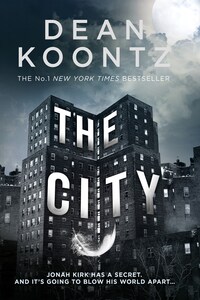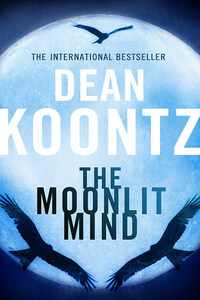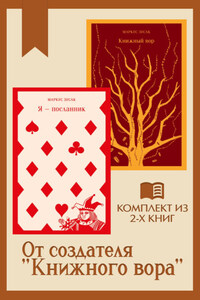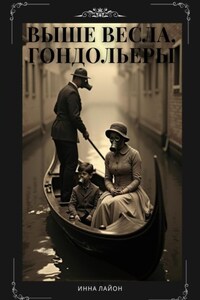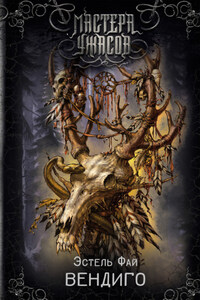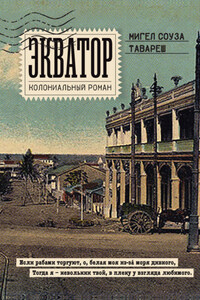CHAPTER 1
AFTER THE APPLE HAD BEEN CUT IN HALF, the halves had been sewn together with coarse black thread. Ten bold stitches were uniformly spaced. Each knot had been tied with a surgeon’s precision.
The variety of apple, a red delicious, might have significance. Considering that these messages had been delivered in the form of objects and images, never in words, every detail might refine the sender’s meaning, as adjectives and punctuation refined prose.
More likely, however, this apple had been selected because it wasn’t ripe. Softer flesh would have crumbled even if the needle had been used with care and if each stitch had been gently cinched.
Awaiting further examination, the apple stood on the desk in Ethan Truman’s study. The black box in which the apple had been packed also stood on the desk, bristling with shredded black tissue paper. The box had already yielded what clues it contained: none.
Here in the west wing of the mansion, Ethan’s ground-floor apartment was comprised of this study, a bedroom, a bathroom, and a kitchen. Tall French windows provided a clear view of nothing real.
The previous occupant would have called the study a living room and would have furnished the space accordingly. Ethan did too little living to devote an entire room to it.
With a digital camera, he had photographed the black box before opening it. He had also taken shots of the red delicious from three angles.
He assumed that the apple had been sliced open in order to allow for the insertion of an object into the core. He was reluctant to snip the stitches and to take a look at what might lie within.
Years as a homicide detective had hardened him in some respects. In other ways, too much experience of extreme violence had made him vulnerable.
He was only thirty-seven, but his police career was over. His instincts remained sharp, however, and his darkest expectations were undiminished.
A sough of wind insisted at the French panes. A soft tapping of blown rain.
The languid storm gave him excuse enough to leave the apple waiting and to step to the nearest window.
Frames, jambs, rails, muntins—every feature of every window in the great house had been crafted in bronze. Exposure to the elements promoted a handsome mottled-green patina on exterior surfaces. Inside, diligent maintenance kept the bronze a dark ruby-brown.
The glass in each pane was beveled at every edge. Even in the humblest of service rooms—the scullery, the ground-floor laundry—beveling had been specified.
Although the residence had been built for a film mogul during the last years of the Great Depression, no evidence of a construction budget could be seen anywhere from the entrance foyer to the farthest corner of the last back hall.
